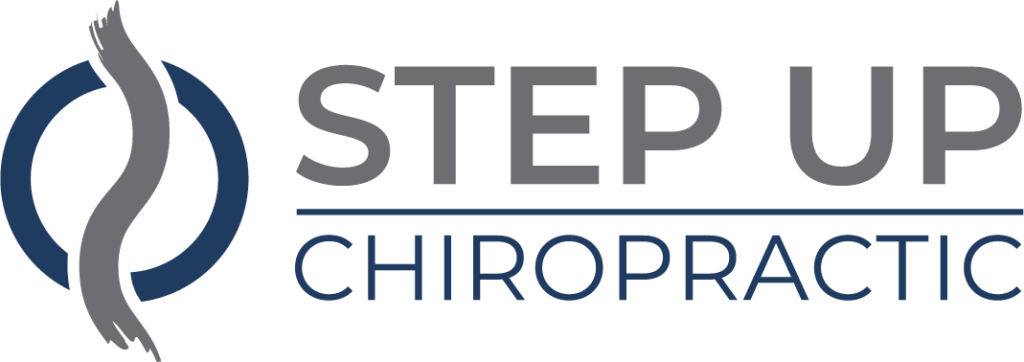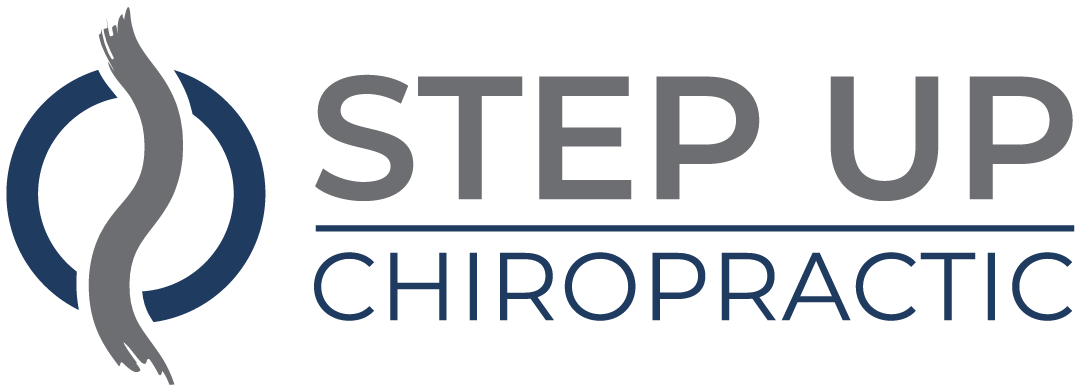You might be surprised to learn that natural pain relief methods can be both effective and accessible. Instead of reaching for over-the-counter medications, consider simple lifestyle adjustments that support your well-being. Staying hydrated and incorporating anti-inflammatory foods can make a difference, but that's just the beginning. Techniques like mindfulness and gentle exercises can enhance your approach to managing discomfort. Curious about how to implement these strategies effectively? Let's explore seven practical tips that could transform your experience with pain.
Stay Hydrated
Staying hydrated is one of the simplest yet most effective ways to manage pain naturally. When you're well-hydrated, your body functions better, and that can greatly impact your pain levels. Dehydration can lead to muscle cramps, headaches, and joint pain, making it vital to drink enough water throughout the day. Aim for at least eight 8-ounce glasses daily, but remember that your needs may vary based on your activity level and climate.
You mightn't realize it, but even mild dehydration can make you feel worse. Your body relies on water for nearly every process, including nutrient transport and toxin removal. When you're lacking fluids, your body has to work harder, which can increase discomfort. If you're experiencing pain, it's important to prioritize hydration.
Incorporate water-rich foods into your diet, like fruits and vegetables, to boost your hydration. Options like cucumbers, watermelon, and oranges not only keep you hydrated but also provide necessary nutrients that can aid in pain relief. You can also try herbal teas or coconut water for a revitalizing alternative.
Pay attention to your body's signals. If you're feeling fatigued, have dry skin, or experience headaches, it could be a sign that you need to hydrate. Keep a water bottle handy, and set reminders to drink throughout the day.
Practice Deep Breathing
Practicing deep breathing can greatly reduce pain and promote relaxation.
By focusing on your breath, you activate your body's natural calming response, which can help alleviate discomfort.
Let's explore some effective techniques to incorporate deep breathing into your daily routine.
Benefits of Deep Breathing
Deep breathing offers a simple yet powerful way to alleviate pain and reduce stress. When you take deep breaths, you engage your diaphragm, allowing more oxygen to flow into your lungs. This increased oxygen can enhance your body's ability to heal and function effectively.
You'll find that deep breathing helps lower your heart rate, which can lead to a decrease in tension and anxiety. As you practice deep breathing, you also activate your body's relaxation response. This means your muscles relax, and your mind can find a sense of calm.
You might notice that pain intensity diminishes as your body shifts into a more relaxed state. The act of focusing on your breath draws your attention away from discomfort, creating a mental distraction that can be incredibly beneficial.
Additionally, deep breathing encourages mindfulness. By concentrating on your breath, you become more aware of your body and its sensations, which can help you identify areas of tension. This awareness allows for better management of pain.
Incorporating deep breathing into your daily routine not only supports pain relief but also fosters overall well-being, making it a valuable tool for anyone seeking natural pain management strategies.
Techniques to Practice
Focusing on your breath can be incredibly effective, and there are several techniques you can practice to enhance your deep breathing experience.
One simple method is the 4-7-8 technique. Inhale deeply through your nose for a count of four, hold your breath for seven counts, and exhale slowly through your mouth for eight counts. Repeat this cycle four times to help calm your mind and body.
Another technique is diaphragmatic breathing. Sit or lie down comfortably, place one hand on your chest and the other on your abdomen. Inhale deeply through your nose, allowing your belly to rise while keeping your chest still. Exhale slowly through your mouth, feeling your belly fall. This method promotes relaxation and can reduce tension.
You can also try box breathing, where you count to four as you breathe in, hold for four, breathe out for four, and hold again for four. This rhythmic pattern helps center your thoughts and reduces anxiety.
Finally, practice deep breathing regularly, ideally in a quiet space. The more you incorporate these techniques into your daily routine, the more effective they'll become in managing pain and stress.
Incorporate Stretching
Incorporating stretching into your daily routine can greatly enhance your overall well-being and alleviate pain. Stretching helps maintain flexibility, improves circulation, and can reduce muscle tension, which are all essential for pain management. Whether you're dealing with chronic pain or just want to promote a healthier lifestyle, dedicating a few minutes each day to stretching can make a significant difference.
Start by identifying the areas where you feel tightness or discomfort. Focus on those muscles during your stretches. Simple routines, like neck rolls or shoulder shrugs, can relieve tension in the upper body. For the lower body, consider hamstring stretches or calf raises. Hold each stretch for at least 15-30 seconds, and breathe deeply to help release any built-up tension.
It's important to incorporate stretching at times when your body feels stiff, such as first thing in the morning or after sitting for long periods. A consistent stretching routine can help prevent pain from becoming a daily challenge.
You don't have to be an expert to benefit from stretching. Just listen to your body and do what feels comfortable. If you encounter any sharp pain, stop immediately and consult a healthcare professional.
Consider joining a yoga class or following online videos to learn new techniques and stay motivated. Engaging in a community can also provide encouragement and enhance your commitment to a regular stretching regimen.
Explore Herbal Remedies
Many people turn to herbal remedies for natural pain relief, finding that nature often offers effective solutions. If you're seeking a more holistic approach to managing pain, consider incorporating various herbs into your routine. Herbs like turmeric, ginger, and willow bark have been used for centuries and may help alleviate discomfort.
Turmeric, for instance, contains curcumin, a compound known for its anti-inflammatory properties. You can easily add turmeric to your meals or take it as a supplement.
Ginger is another potent option; it not only helps reduce inflammation but can also ease muscle soreness. Try brewing ginger tea or adding fresh ginger to your smoothies.
Willow bark is often referred to as nature's aspirin. It's been shown to relieve pain similar to conventional pain relievers. When using willow bark, make sure to follow the dosage instructions, as it can have side effects similar to aspirin.
You might also explore other herbs like devil's claw, which is known for its analgesic properties, or boswellia, which can help with joint pain. Herbal teas, tinctures, or capsules are common ways to consume these remedies, so find what works best for you.
Always consult with a healthcare professional before starting any new herbal treatment, especially if you're on medication or have underlying health conditions.
With the right knowledge and approach, herbal remedies can be a valuable part of your pain management toolkit.
Use Heat and Cold Therapy
After exploring herbal remedies, you might want to contemplate another effective approach for pain relief: heat and cold therapy. This method can be easily implemented at home and provides immediate relief for various types of pain, whether it's a muscle strain, joint pain, or menstrual cramps.
Heat therapy works by increasing blood flow to the affected area, which helps to relax muscles and alleviate stiffness. You can use a heating pad, hot water bottle, or even a warm towel. Just remember to keep the heat at a comfortable level—too hot can cause burns.
Apply heat for about 15-20 minutes, taking breaks in between to avoid overheating your skin.
On the flip side, cold therapy is excellent for reducing inflammation and numbing sharp pain. Ice packs or cold compresses can be particularly effective after an injury, as they help reduce swelling and provide a soothing effect.
Wrap ice in a cloth or use a commercially available cold pack, and apply it for 10-15 minutes at a time. Avoid placing ice directly on your skin, as it can lead to frostbite.
Both heat and cold therapies can be used interchangeably, depending on what feels best for you. Experiment with each method to find the one that provides the most relief for your specific condition.
Try Mindfulness Meditation
Mindfulness meditation offers a powerful tool for managing pain and enhancing your mental well-being. By focusing on the present moment, you can shift your attention away from discomfort and cultivate a sense of calm. This practice encourages you to observe your thoughts and feelings without judgment, helping you develop a healthier relationship with pain.
To get started, find a quiet space where you won't be disturbed. Sit comfortably, close your eyes, and take a few deep breaths. As you inhale and exhale, focus on your breath. Notice how your chest rises and falls, and let your mind settle. When thoughts about your pain or daily stresses arise, acknowledge them, but gently guide your focus back to your breath.
Aim to practice mindfulness meditation for at least 10 to 15 minutes each day. You might find it helpful to use guided meditations, available through various apps or online platforms. These resources can provide structure, making it easier for you to stay engaged and focused.
As you become more familiar with mindfulness, you'll likely find it easier to incorporate this practice into your daily routine. You can apply mindfulness in various situations, even when experiencing pain. Simply pause, take a deep breath, and bring your awareness back to the present moment.
Over time, mindfulness meditation can help reduce your perception of pain and improve your overall emotional resilience. Embrace this practice, and you may discover a newfound sense of control over your pain and well-being.
Engage in Gentle Exercise
Finding ways to incorporate gentle exercise into your routine can significantly alleviate pain and improve your overall well-being. Engaging in activities like walking, swimming, or yoga helps increase blood flow, which can reduce inflammation and promote healing. These low-impact exercises are particularly beneficial for those dealing with chronic pain or recovering from an injury.
Start by setting realistic goals. You don't have to jump into an intense workout right away. Instead, aim for short sessions of 10 to 15 minutes a few times a week. Gradually increase the duration as your body adapts. Listen to your body; if something doesn't feel right, adjust your routine accordingly.
Consider activities that you enjoy. Whether it's gentle stretching, tai chi, or leisurely biking, finding joy in movement can motivate you to stay consistent. Joining a class or group can also provide social support, making it easier to stick with your exercise routine.
Incorporating gentle exercise into your day can be as simple as taking the stairs instead of the elevator or doing some stretches during your breaks. Remember to focus on your breathing and maintain a relaxed pace. Not only will you experience physical benefits, but you'll also likely notice improvements in your mood and mental clarity.
Ultimately, engaging in gentle exercise can be a powerful tool in your natural pain relief toolkit. So, lace up those shoes and get moving—you'll be glad you did!
Conclusion
Incorporating these natural pain relief methods can make a significant difference in your well-being. By staying hydrated, practicing deep breathing, and engaging in gentle exercise, you empower yourself to manage discomfort effectively. Don't hesitate to explore herbal remedies and use heat and cold therapy for targeted relief. Remember, mindfulness meditation can help you stay centered amidst pain. Embrace these tips, and you'll be on your way to a more comfortable, balanced life without relying solely on medication.




